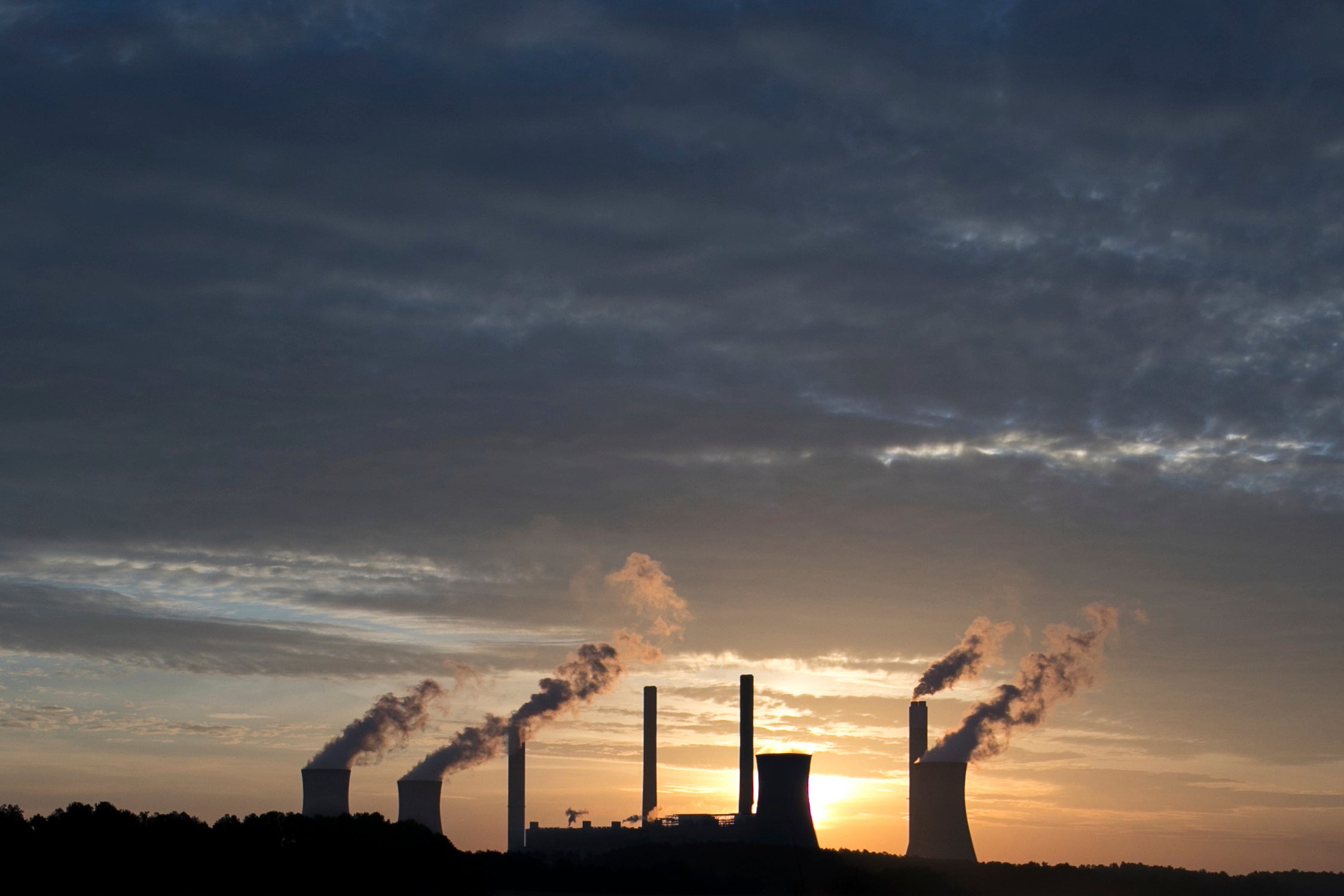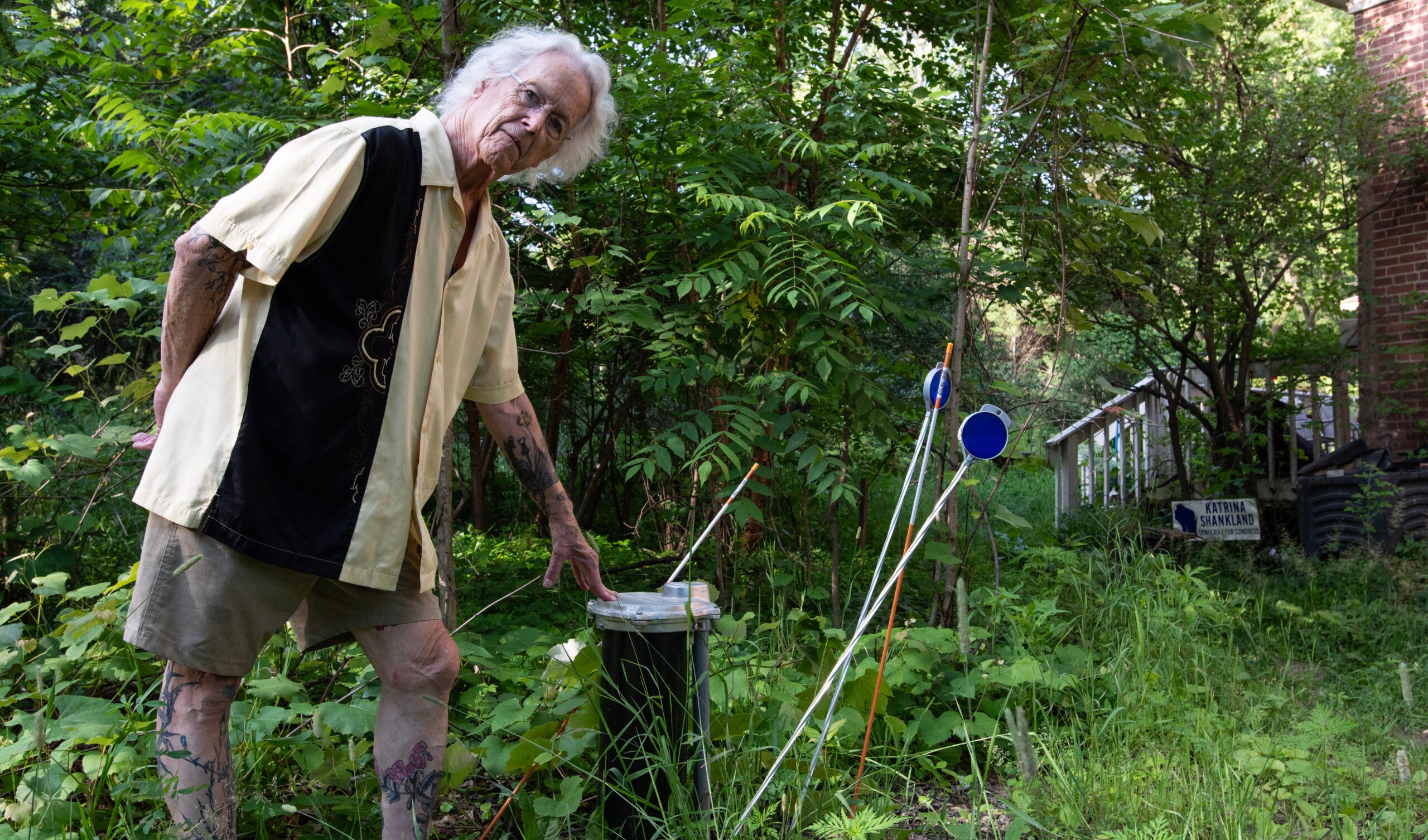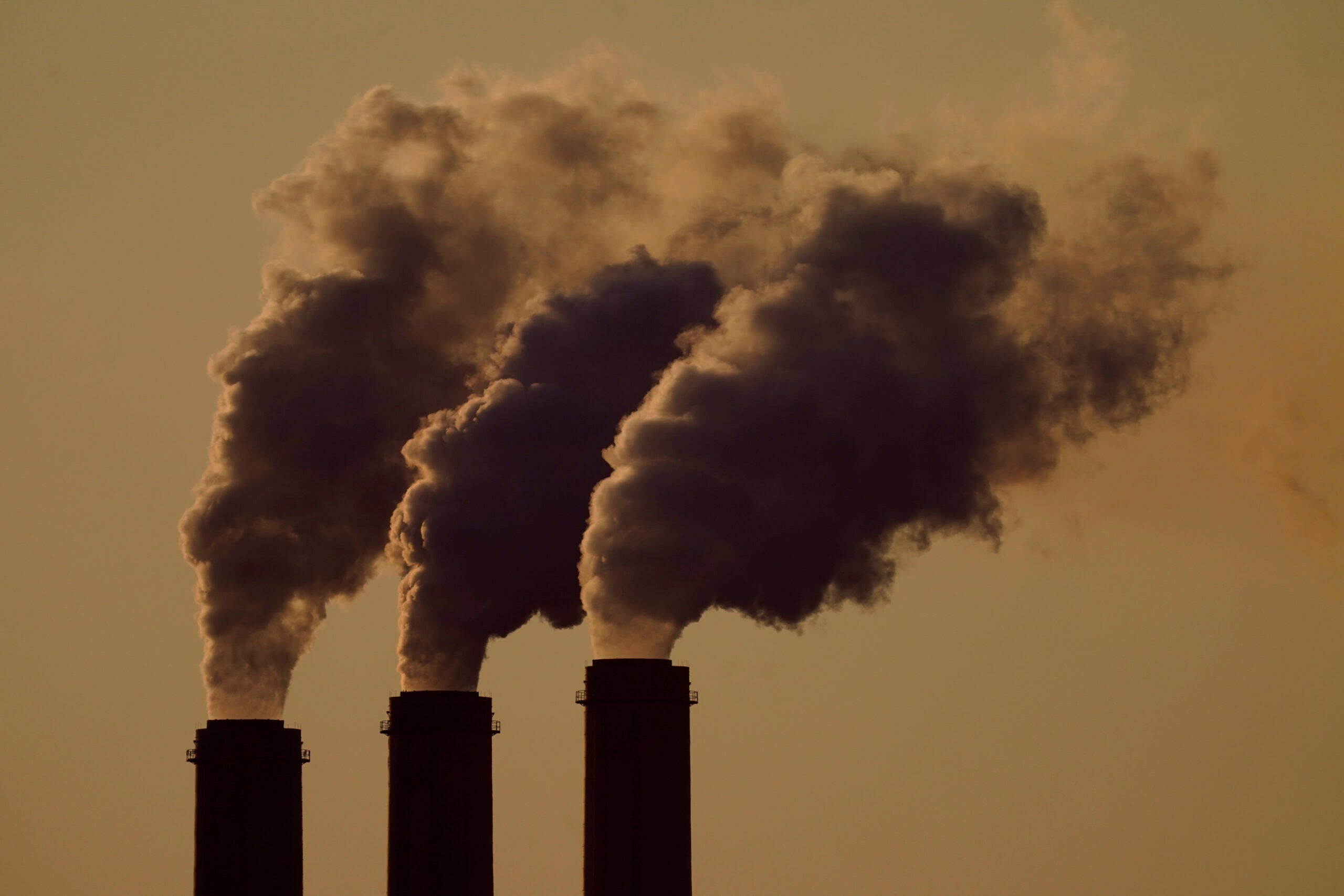Coal ash landfills or ponds that have escaped federal regulation in Wisconsin could soon be managed under a proposal by the Environmental Protection Agency that would strengthen oversight of waste from coal plants.
The EPA announced a proposal last month that would require controlling and cleaning up contamination caused by coal combustion residuals, or coal ash, dumped in older landfills and “legacy” ponds.
The EPA’s coal ash proposal follows two legal challenges from nonprofit environmental law firm Earthjustice, who sued on behalf of public interest groups. The groups argued the agency’s 2015 coal ash rule failed to address older coal ash ponds and inactive landfills that were closed prior to 2015.
News with a little more humanity
WPR’s “Wisconsin Today” newsletter keeps you connected to the state you love without feeling overwhelmed. No paywall. No agenda. No corporate filter.
In Wisconsin, Earthjustice said it’s identified that at least 32 coal ash ponds and landfills don’t require federal regulation under the 2015 rule. Lisa Evans, senior counsel for Earthjustice, said the group’s findings were based on data requested by the EPA from utilities in 2010.
“There are actually more unregulated coal ash dumps in Wisconsin than there are regulated coal ash dumps, and that’s true in several states,” Evans said. “And so the magnitude of what was left out of that original rule is huge and dangerous.”
Environmental groups note that coal ash contains metals like arsenic, cobalt and other toxic chemicals that can be harmful to human health. Paul Mathewson, science program director at Clean Wisconsin, said evidence shows inactive coal ash ponds and landfills are contaminating groundwater and leaching chemicals in some instances. He said that’s problematic because older landfills and ponds likely don’t have liners to prevent contamination.
“We left out the ones that we’re most concerned about,” Mathewson said.
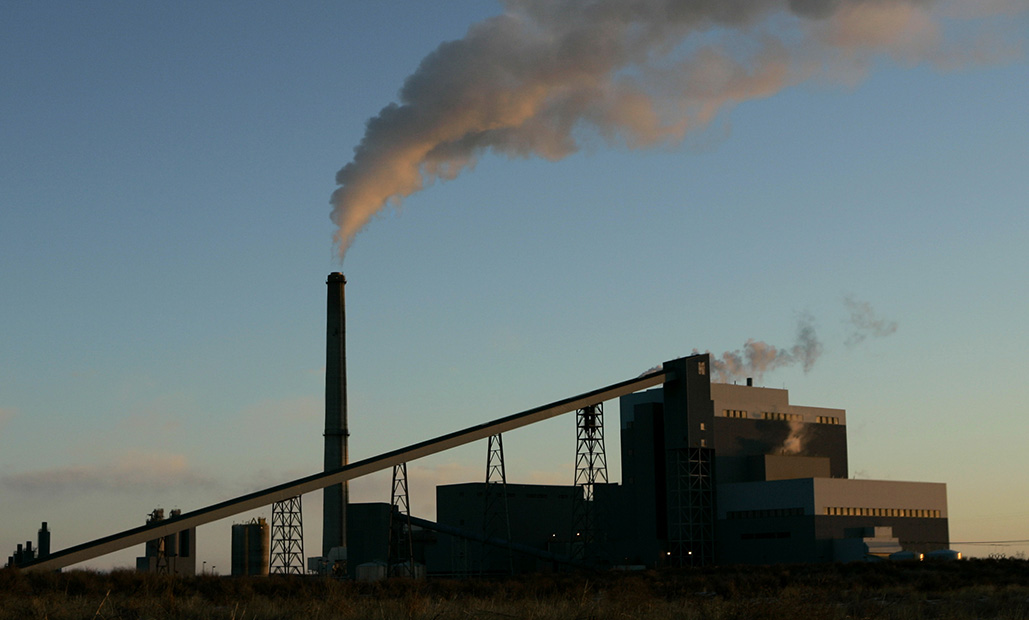
The Wisconsin Department of Natural Resources said there are some inactive sites owned by utilities that aren’t yet regulated under federal coal ash regulations, according to Kate Strom Hiorns, the agency’s recycling and solid waste section chief.
“But they would be regulated under Wisconsin rules,” she said. “If there is an indication that there’s some type of contamination, then they would have to clean that up under Wisconsin regulations.”
The state has overseen waste disposal facilities like coal ash landfills for almost 45 years, and Wisconsin required some landfill owners to conduct groundwater monitoring as far back as the late 1970s.
However, groundwater monitoring has not been required at some older sites that were operated and closed prior to the state’s monitoring requirements. The EPA’s proposed rule may require groundwater monitoring of closed landfills and ponds where monitoring hasn’t been mandated by the state.
Historical groundwater monitoring at closed coal ash landfills at Alliant Energy’s Rock River plant in Beloit and the Columbia Energy Center in Portage detected contamination, documents provided by Clean Wisconsin show.
In Portage, the element boron was detected in 2013 and 2014 at levels above the state’s preventive action limit that triggers action to prevent further contamination. In Beloit, groundwater monitoring showed levels exceeding action limits for arsenic, boron and sulfate in 2014 and 2015 that indicated “the ash disposal facility has affected groundwater quality at the site.”
At the Columbia Energy Center, boron levels were attributed to “water in the ash settling ponds and/or to the closed ash landfill” near ash ponds. The utility’s dry ash disposal facility and primary ash pond that are still being monitored showed significant increases for boron, sulfate and chloride in groundwater last year. The utility’s closed landfill along with active and inactive coal ash ponds were identified as potential contributors to increased levels.
In a statement, Alliant spokesperson Melissa McCarville said the utility has been complying with the EPA’s coal ash rule since 2015.
“While we are currently reviewing the proposed update and seek to understand more, we believe our strategy to close all our coal ash ponds by the end of this year has positioned us well for ongoing compliance with the rule,” McCarville said.
The DNR noted that coal ash ponds in Wisconsin aren’t allowed for permanent ash disposal unlike other states, adding that all are either in the process of closing or have already been closed.
Both Mathewson and Evans said Wisconsin has been more progressive in monitoring coal ash sites, but add there’s room for improvement.
The list of closed landfills or ponds identified by Earthjustice include sites owned by Dairyland Power Cooperative and all of the state’s five major electric utilities except for Madison Gas and Electric.
In a statement, Xcel Energy disputed the group’s claim that its Bay Front power plant in Ashland is among sites with inactive coal ponds or landfills that could be subject to the EPA’s proposed rule. The plant used coal as a backup fuel until 2020.
“Bay Front historically had water treatment ponds — not coal ash ponds — which were exempted from the Coal Combustion Residuals (CCR) rules. These ponds were closed in 2017 with Wisconsin Department of Natural Resources involvement and concurrence,” said Rick Rosvold, Xcel’s environmental services director.
Dairyland spokesperson Katie Thomson said the power cooperative has a strong record of compliance with local, state and federal regulations that include the 2015 coal ash rule.
“Closure of our (coal ash) facilities followed state requirements and these facilities have individual closure plans which include environmental monitoring requirements and state regulated inspections,” Thomson said in a statement.
She said the power provider is reviewing the EPA’s proposed rule with other utilities. As written, Thomson stated the proposal has “significant economic and operational implications” for Dairyland and its members. The EPA estimates the proposal will cost utilities up to $413 million each year.
While the rule would pose costs for utilities, Evans highlighted the cost to communities who live near contaminated waters stemming from coal ash. She said 70 percent of coal ash sites nationwide are near low-income communities or communities of color.
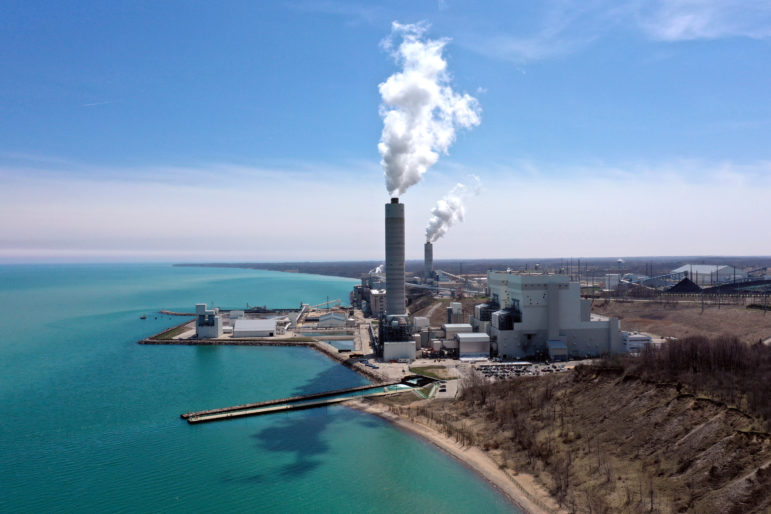
In Wisconsin, she pointed to the collapse of a bluff next to We Energies’ Oak Creek power plant in 2011 that caused coal ash to spill into Lake Michigan, a drinking water source for Oak Creek and Milwaukee.
“This is an example of why you can’t leave old ash deposits as they are because they do dangerous things like collapse, as well as contaminate water,” Evans said.
At the time, sampling at the spill site showed water quality was normal when compared to samples collected from Lake Michigan prior to the collapse except for elevated levels of aluminum and iron. The contamination didn’t reach nearby drinking water supplies. The DNR also found samples taken by the EPA showed high levels of arsenic and other metals from the ash on land, but the agency said it didn’t pose a significant threat to public health or the environment.
We Energies and Wisconsin Public Service are part of the Milwaukee-based WEC Energy Group. In a statement, the company’s spokesperson Brendan Conway said all We Energies and WPS landfills that contain coal ash are licensed and monitored by the DNR in line with state regulations.
“We actively manage and monitor the landfills. In addition, the landfills are inspected by WDNR to ensure compliance with state requirements,” Conway said. “We are aware of the new EPA regulations and are currently reviewing them. Any comments we submit will support our commitment to a cleaner energy future and to our environmental stewardship in the communities we serve.”
As part of monitoring under the current rule, some utilities have argued that contamination at coal ash sites stems from minerals that are naturally occurring in groundwater.
“There are some cases where it’s very clear (contamination) is coming from coal ash, and then I think there are some cases where it’s not entirely clear, and it would take further investigation,” Mathewson said.
In recent years, coal ash was pegged as the culprit of high levels of molybdenum in southeastern Wisconsin wells. Molybdenum is an essential nutrient that can be harmful in higher amounts. In 2017, researchers found that elevated concentrations stemmed from natural processes in the groundwater aquifer.
Evans said that doesn’t mean regulators should turn their backs on coal ash sites that may be contaminating the state’s groundwater.
The EPA will hold a public hearing on its proposed rule on July 12 at 8 a.m. CT. People can register to comment online.
Wisconsin Public Radio, © Copyright 2025, Board of Regents of the University of Wisconsin System and Wisconsin Educational Communications Board.

